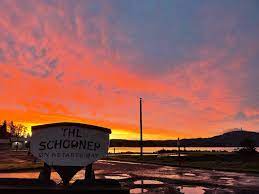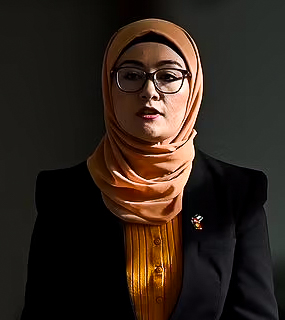
Anthony Albanese was born in 1963. At that time, Australia had to deal with a “faith-based” political force, which had its birth in the Labor Party. Let me say, I had to deal with operatives of the Democratic Labor Party (DLP), basically a Falangist right wing Roman Catholic party which tried to take over the Labor Party. It was labelled the Movement, and was the brainchild of an Italian immigrant’s son, Bob Santamaria, who made common cause with the violently anti-British Archbishop of Melbourne, Daniel Mannix.
While its activities were concentrated in Victoria, there was also plenty of activity in Queensland. It never gained much traction in NSW, because of the opposition of the Sydney Archbishop Gilroy. He disliked Santamaria intensely and was a much more open character than the saturnine Mannix. Eventually the DLP was destroyed, effectively in the 1974 election, but for 20 years it was godsend to Menzies and his successors; and a huge headache for the Labor Party.
I do not buy the argument that the DLP was not “faith-based” because it did not incorporate any religious name into its title. I knew I was navigating certain Roman Catholic doctrines, when having to implement policies while working for a Government riddled with DLP supporters, with whom which I disagreed. Mostly I was able to ignore them.
That was then, but it demonstrates that the sweeping statement that Australia has not indulged in “faith-based” party shenanigans is wrong.
Albanese is a gang leader. His actions show that. He seems not to particularly like woman, especially a young Muslim woman, who fled Afghanistan as a small child and came to Australia.
Infuriatingly for Albanese, Fatima Payman looks like an ordinary, smartly-dressed woman – and moreover she looks like a white woman – an “Australian”. In fact, in looks and demeanour, she reminds me of my favourite cousin, who went to a Presbyterian school in Ballarat.
The activity in Gaza has created a situation where Muslims are reduced to a feeling of powerlessness as the Australian government temporises. Despite the weasel words, the Australian Government actually supports Israel. Jews have what I would describe as a “philanthropy lock” on Australia, especially in the area loosely labelled “The Arts”, fertile ground for supporters of the Labor Party. The appointment of an extreme Jewish woman as Special Envoy to Combat Antisemitism in Australia, with additional form in the banking scandals of a decade before, does nothing to assuage the damage being done by the Israeli retribution sheltering behind cries of “anti-semitism”.
Fatima Payman was given a slot on the Western Australian Labor Senate ticket, which was thought to be an unelectable position. However, the swing to the Labor Party was so strong in that State that she was elected. Given she was not expected to be elected, what does she owe the Labor Party?
Don’t do what Albanese does – directly or through his henchwomen, who operate under the rubric of “reaching out”, alternatively patronising and vilifying her. In the end, Fatima Payman will be paid out. Her chances of re-election in Western Australia are minimal, given that Labor has probably passed its highwater electoral mark. However, she will be around for a long enough time. I would suggest the Labor Party stops bullying her forcing her out of the Party – and that applies to some of the media with their insulting unsavoury questions.
She is a strong woman. Let’s not waste that talent.
My Experience

Now Senator Payman, let me relate my experience in rural Victoria in the early 2000’s when there was an influx of Muslims, both male and female. There was also a group of Iraqi Marsh Arabs, who were settled in Cobram. It was drawn to my attention that one of the doctors was worried by his Muslim colleagues not eating nor drinking. He enquired whether his colleague was unwell. The Muslim colleague replied that it was Ramadan.
This display of unintentional ignorance prompted me to ask one of the Muslim doctors whether she could prepare a presentation on the significance of Ramadan and in so doing, provide a sketch of what it meant to be a Muslim. Her presentation proved very popular with the staff of the various health services. She repeated it around Ramadan each year, at least while I was there. It demonstrated to me how little we non-Muslims know about Islam, but the number of hospital staff in various health services who wanted to learn more about Islam surprised me – in a positive manner.
One issue which confronted me clearly illustrated an area of religious sensitivity. This is male circumcision. Paediatricians in Melbourne were recommending severe restrictions be placed on the procedure which, when I was a baby, was de rigeur. Most male infants then were circumcised. However, without consultation, the restrictions were introduced. When I heard one Iraqi Muslim had taken his child back to Iraq to be circumcised, I recognised something had to be done.
One Syrian-qualified paediatrician also raised the problem with me; and I convened a meeting in Yarrawonga to seek a solution. I included members of the paediatric establishment and local doctors who were willing to undertake infant circumcision. The compromise agreed was that khitan should not be proscribed but must be undertaken by medical practitioners. The Department did not offer any objection, once it was realised how important circumcision was to Muslims. After all, Jews were not banned from undertaking male circumcision, which is undertaken in a highly regulated manner with the Mohel undertaking circumcision on the eight day old child.
My aim was to engender further understanding in a community where, historically, there had already been a Muslim presence from before WWII. This was the Albanian community, based in the Goulburn Valley. This community had been well-integrated socially and the migrants were allowed in during the operation of the White Australia policy. They were seen as European and, importantly for the Government of the time, looked “white” enough. The strength of Payman, which people are afraid to say, is she looks “white”. She has clipped accentless English; and apart from the hijab, in the street she would be indistinguishable from the traditional white face that dominates the female Labor parliamentary ranks – the operative word is “dominates”.
I found male Muslim doctors often very difficult in working in a team. Most of them were competent, however their relationships with female patients often left much to be desired. I remember one doctor who was the subject of a complaint by an elderly woman when he was undertaking a home visit. To me it was a question of misunderstanding not helped by the clumsy way the doctor handled the visit. However, there was no evidence of sexual assault, but when a doctor with poor English and a soft voice asked an elderly rather deaf woman about her symptoms, then there may be fertile grounds for such misunderstanding. I counselled him and tried to assist him in modifying his clinical mien, while also ensuring he could pray at the required times while at work. He undoubtedly was devout and kept asking me for advice. I found dealing with the complaint difficult, but he did heed my advice, the problem arose from a misunderstanding, and the matter died down.
The fact is that Muslim communities seem very self-contained, but the prospect of further division exists, aggravated by inflammatory remarks from Dutton and his ilk, with talk of Islamophobia, as though the Muslim community is the “enemy within”.
The mantra about our being a multi-cultural community may be theoretically correct, but our ostensibly secular country is a country divided around a collection of religious totems.
Of course, there was talk about Payman joining a Muslim party at the time she left the Labor Party, however the last thing we need is a Muslim Party organised along the lines of the late Democratic Labor Party. The Party would act as a spoiler, but the governing parties are liable to yield to its demands which inevitably encourages a Muslim Party to consolidate any such division.
The place where division would be most obvious is in the school system. I went to a private school founded in 1858. I was regaled by tales of my great uncle taking on the St Pat’s boys on the banks of the Yarra River “with one arm tied behind his back”. The Irish religious divisions were transported to the Australian colonies. After all, in one of our early crews, we had both a Sweeney and a Todd – yet we of the Church of Ireland had such boys with such names.
The funding of religious schools is the best way to ensure continuing division in the community.
So, Fatima Payman is in a privileged position of harnessing the creative elements of Islam. After all, she fled from the Taliban. Islam in the eyes of the young generation is rooted in the horrors of ISIS, the extremist fringe of Islam. She can be a cohesive force, encouraging the elements of Islam which introduced the world to its positivity, for instance the concept of zero, who had given us an understanding of a world of precision – and yet produced a world of beauty such as the Persian garden.
As someone who has wandered through the architecture of Islam I have seen the soaring legacy of a force which has brought such creativity. Yet this is also a religion reviled because of a time when Islam is constantly at war, with so many of its young people socialised in a world where death is ever present. Where a child cries and is drowned out by gunfire, lying across the body of a dead parent, is it any wonder that Muslims in the Australian community do not greet us effusively, particularly when the messages from Government are mixed.
I always look to that time in mediaeval Granada when Christians, Jews and Muslims lived in harmony under Moorish rule. To me, the Alhambra Palace in Granada is the apogee of Islamic architecture – the way the gardens are designed to use water as a coolant in the harsh Andalusian summers in a remarkably airy structure. I loved the gardens, interspersed – in particular, the rectilinear water features with fountains and their parabolic streams, these pools lined with orange trees in designs that acknowledge the four sacred elements of water, wind, fire and soil. We relax. The stresses of the outside world evaporate – at least for this moment.
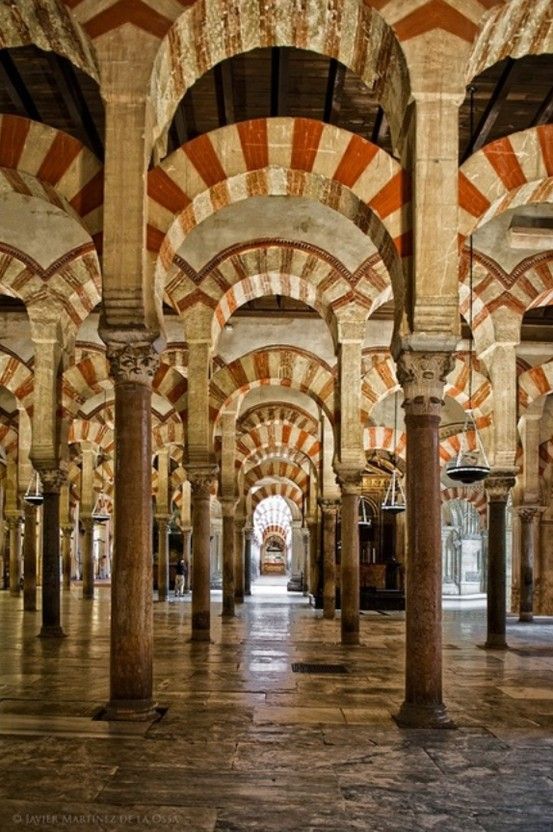
Tolerance is relative, but at that time Muslim, Jewish and Christians intermingled, some years being better than others. It was a time when the Islamic world was revising the Ptolemaic conception of the Universe, advancing mathematical theory (the concept of zero and algebra), promulgating advances in medical knowledge, practice and medicines themselves – introducing the pharmacy (gauze from Gaza), bringing forth advances in weaving and dyeing (muslin from Mosul, damask from Damascus). Then there was the legacy of poetry intertwined by philosophical discussion among intellectuals drawn from the three religions.
But Granada, or for that matter the whole of Andalusia, was not necessarily an attar of roses and the Reconquista in 1492 by the Christian King Ferdinand II of Aragon and Queen Isabella I of Castile unleashed the intolerance of a Church still bound by dogma and violent evangelism – an environment which produced the Inquisition. Something which is not far from the attitudes of those who would rend the fabric of Australian society apart, because all they know is retribution, paranoia, suppression and violence.
Thus, coming back to Senator Payman, you should think carefully, and not be seduced by the sirens that blare “Go, get ‘em”. Conciliation is a difficult path, but if you believe in religious and racial harmony and not be seduced by the hellish forces of violent extremism, then this nation may have a chance – with role models like you.
A Letter of Complaint Goes a Long Way
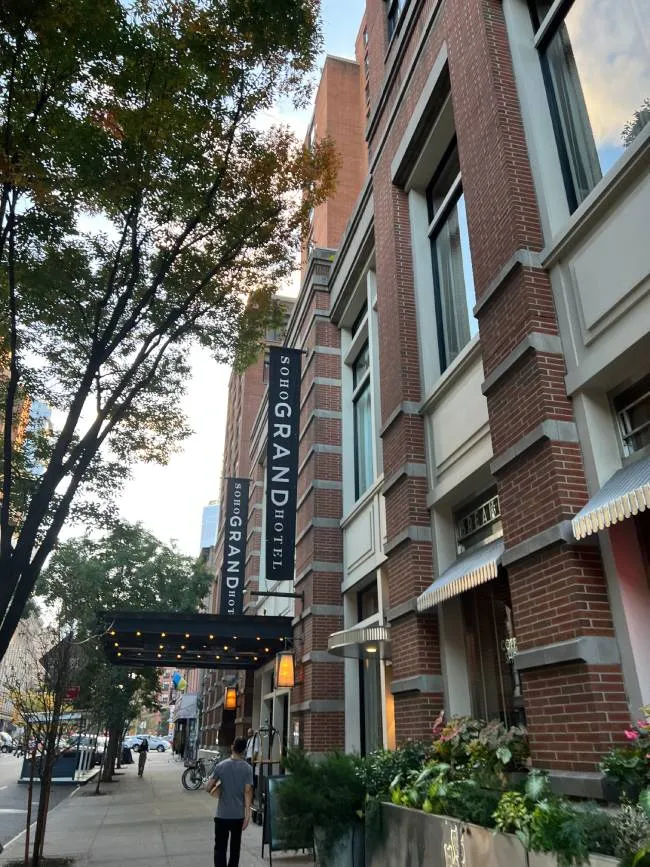
On August 4, 1996, the SoHo Grand Hotel was opened in Lower Manhattan, where once there were grand houses, which then were left to decay as the area was transformed into an industrial centre initially for small enterprises and then large-scale textile manufacturers. The area (SoHo means South of Houston Street) at one stage was a red-light district and then when the textile industries left, it became a wasteland – hell’s hundred acres.
But it retained the largest number of cast iron buildings in any American metropolis, a legacy of its “grand old days” in the mid nineteenth century. It was only after the bohemian set recognised the potential of these old buildings with their high ceilings and faded ornateness, that the area began to be revived from the early 60’s of the last century.
The Soho Grand Hotel epitomised this gentrification. It was a slick minimalist hotel, where the rooms were not large but had a tasteful spareness in the fittings, exuding that quiet luxury which can be felt whenever one steps into an upmarket Danish display centre in Copenhagen. No frills, just elegance. No waste space.
We knew we were in good company when we saw k.d. lang and her partner, she in a sharp black suit with black and white patent leather shoes, and her companion more conventionally dressed, stepping out of a limo. They were going to the same address as we were on West Broadway.
Anyway, I must have sent a letter complaining about something or another. I don’t have a copy of letter, but the reply turned up today in papers we are throwing out.
Let me say the reply was a little unexpected. I’ve added it below verbatim.
Dear Dr. Best Thank you for your patronage in 1998! As a Grand Guest you enjoyed the benefits of membership in New York City’s only corporate rate program designed exclusively for Loyal Guests. In 1999 we are pleased, once again, to extend the benefits of the Grand Guest program to you, including a Guaranteed Rate of $284 and Last Room Availability. We are also pleased to tell you that, because of your comments, we have made many positive changes to our Services, Guest Rooms and Public Areas. We have added additional Concierge, Front Office, Reservations and Telephone staff to better serve you. We have upgraded our Guest Rooms with CD players and VCR’s, additional bathroom shelving, polar fleece throws and residential sized Kiehl’s toiletries and Caswell Massey soaps. The hotel’s interior designer, William Sofield, has reinterpreted the design in the Grand Bar, Salon, Canal House and other public areas, introducing new furnishing, fabrics and details. Again, we thank you for your loyalty and look forward to your return in 1999. Enclosed are the details of the 1999 Grand Guest program. Sincerely Tony Fant Executive Vice President General Manager
But it was not such a big complaint that the management had to renovate the hotel. We did stay there the next year, and I dared not make another complaint lest they’d demolish the whole hotel and rebuild it.
As a footnote, Tony Fant is now the president of GrandLife Hotels and a pioneer of the hospitality landscape in lower Manhattan. According to his blurb, he is also a longtime patron of downtown culture, drawing from the days of the rock poets to the emergence of East Coast hip hop and beyond. Judging by what I saw nearly 30 years ago, he has style, a quality so typical of New York.
Rear Window
Rear Window is one of my favourite Hitchcock movies. Recently, I have tried to fathom out why the film is called Rear Window. My wife has a simple explanation – James Stewart, as the voyeuristic bored photographer laid up with his leg in plaster, can watch all the other residents in the apartments facing him. This is his rear window looking across the courtyard to the rear windows of the apartments opposite. To me it raises the question of front windows in such a Greenwich apartment complex. After all, in so much writing, authors describe their characters pondering the world through front windows.
As is well-known about this film is the setting: The (Greenwich Village) apartment complex that Hitchcock chose to reference was ultimately completely reconstructed on the Paramount Studios lot, reportedly costing an “unprecedented” $9,000 to design and $72,000 to build. (c. $920,000 today) The structure included seven apartment buildings and three other buildings on the other side of the street. It boasted a total of 31 apartments, although only a handful were fully furnished.
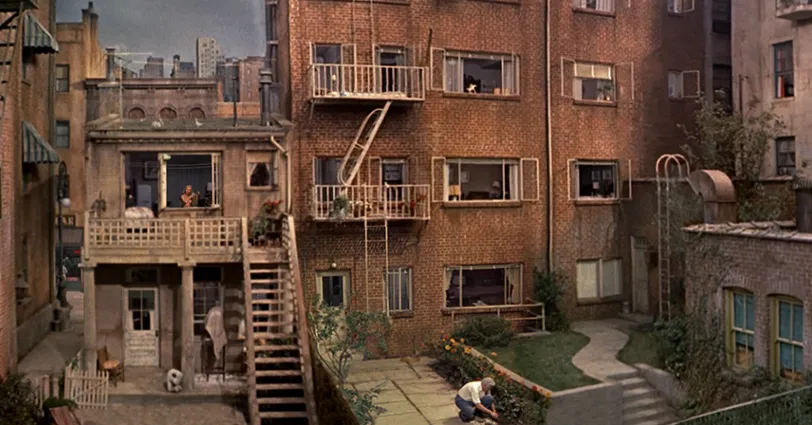
Much is made of the symbolism, with the extremely dysfunctional character played by Jimmy Stewart with all the massive sexual undertones in his relationship with his girlfriend, played by Grace Kelly. She is the typical Hitchcock heroine, where passion is a frozen commodity in a fair-haired beautiful body, enclosed in generally perfectly groomed outfits.
As with nearly all Hitchcock films, there is crime, murder being a favourite, and this Hitchcock ability to engender an atmosphere of suspense, without having to resort to props is one of the reasons he is considered such a great film director.
I still puzzle over the film name. The film was made in 1953 near the end of the McCarthy era when his crusade against Communism was leading to a high level of distrust with many people unfairly treated and American society torn apart by Senator McCarthy, President Eisenhower either unwilling or unable to rein him in.
You can say that Americans are always looking at the rear window, seeing what has gone by but unwilling to project themselves into the future consequences of their actions. Rear windows can distort one’s views, and assessing other people through the rear windows is based on a distillation of assumptions about a certain person, if you believe there are no absolute facts. Hitchcock concentrates our mind on the man who has murdered his wife in the apartment being recognised by the Stewart character through his camera lens.
Rear Window is a symbol of the past- what has happened. That is the problem with those supporting Biden. Their gaze is fixed on the rear vision window of past accomplishments. Just as the hero in the Hitchcock film, he is focussed on the past; and has not the ability to take his gaze away from the rear window. But he still had his girl friend loyal to him, no matter what. Grace Kelly’s character is that person in the film.
But unlike the film, Biden will have a disastrous fall, because if one’s gaze is fixed on the past, one will inevitably stumble badly because the path one assumes to be the same as in the past is no longer there or vastly changed. Or was it you who have changed? After all, at the end of the film, Jimmy Stewart’s character has two legs encased in plaster. This was the result of fighting off the murderer who has come across to exact retribution. A future he did not anticipate?
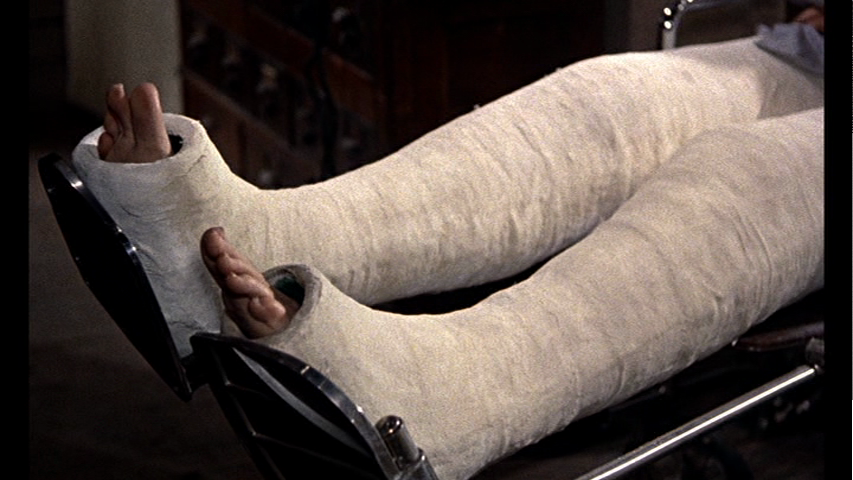
QED!
This comes from the Boston Globe. In the wake of the Trump near-miss, a minor case but illustrates something about American society, in this case in Rhode Island. The back story is that Joseph Francis had long term mental health issues, which he showed in bizarre, anti-social behaviour. And as shown in the piece below, his lawyer was a bit of a pistachio also. You know, a nutter!
After looking at the scope of Joseph Francis’ past contacts with other law enforcement agencies, Hopkinton Police Chief Mark Carrier told the Globe, “We saw a pattern with his character flaws, temper, and mental health issues.”
The police denied Francis’ applications to buy guns in 2020 and 2021, Carrier said. But Francis fought back, and hired a lawyer: Frank Saccoccio, the president and lobbyist of the Rhode Island Second Amendment Coalition.
 Saccoccio got the cyber-harassment charge expunged, clearing the way for Francis to buy firearms. Without that charge, there was no legal standing for denying his applications as long as the questions on it were answered truthfully. His mental health could not prevent him from owning a gun unless he had been involuntarily committed or a court had determined that he was a danger to himself or others.
Saccoccio got the cyber-harassment charge expunged, clearing the way for Francis to buy firearms. Without that charge, there was no legal standing for denying his applications as long as the questions on it were answered truthfully. His mental health could not prevent him from owning a gun unless he had been involuntarily committed or a court had determined that he was a danger to himself or others.
“Town Solicitor Kevin McAllister advised that nothing on his record would prohibit it, so we had to proceed with approval,” Carrier said.
Francis started buying firearms. And last weekend, he used one of them to kill his estranged wife, Stephanie Francis, and then himself.
Mouse Whisper
Mouse in French is souris; in Italian topo; in Spanish ratón; in Portuguese rato; in Romanian soarace; in Romansch mieur.
There you are – fluent in all the Romantic languages.
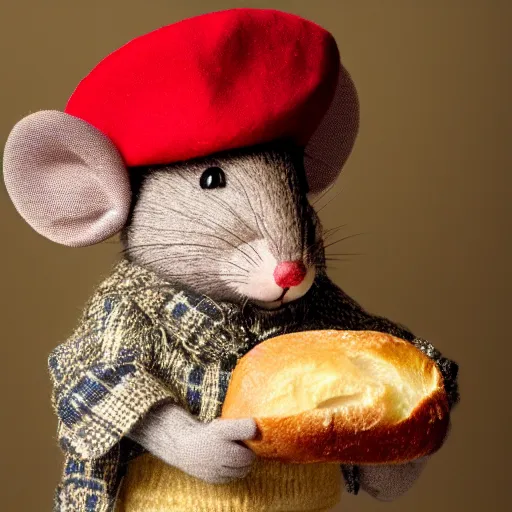

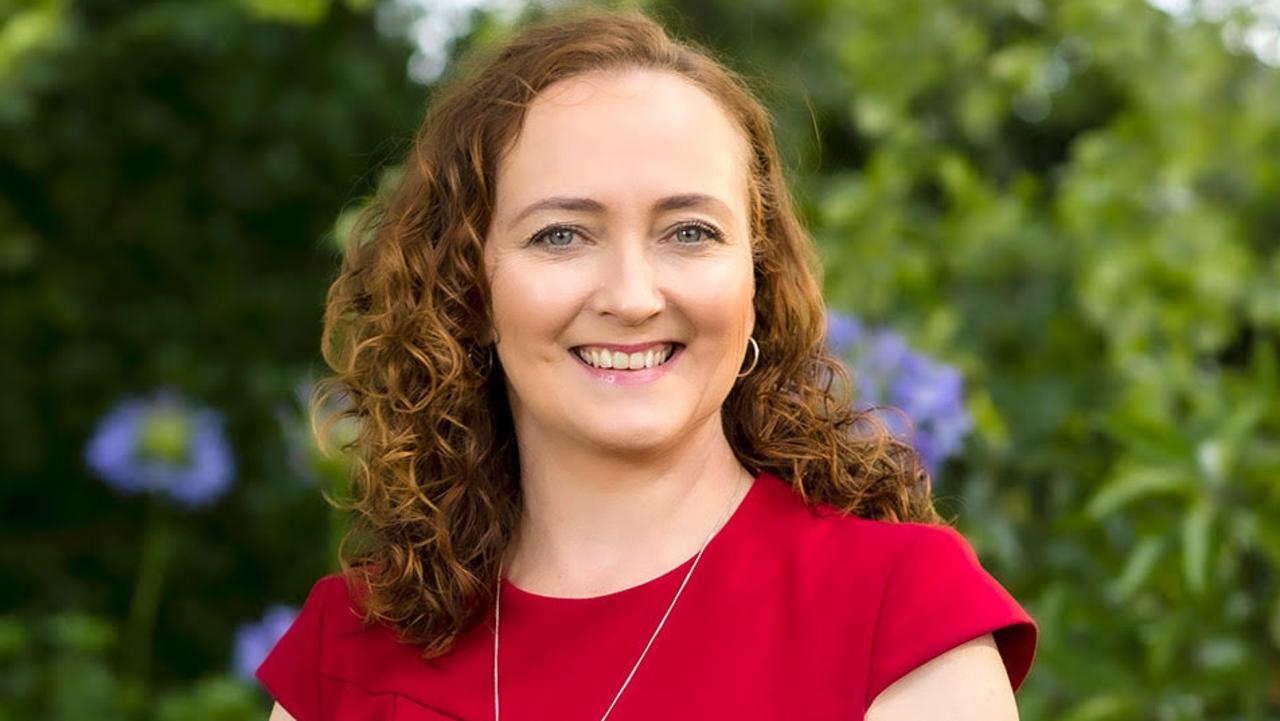
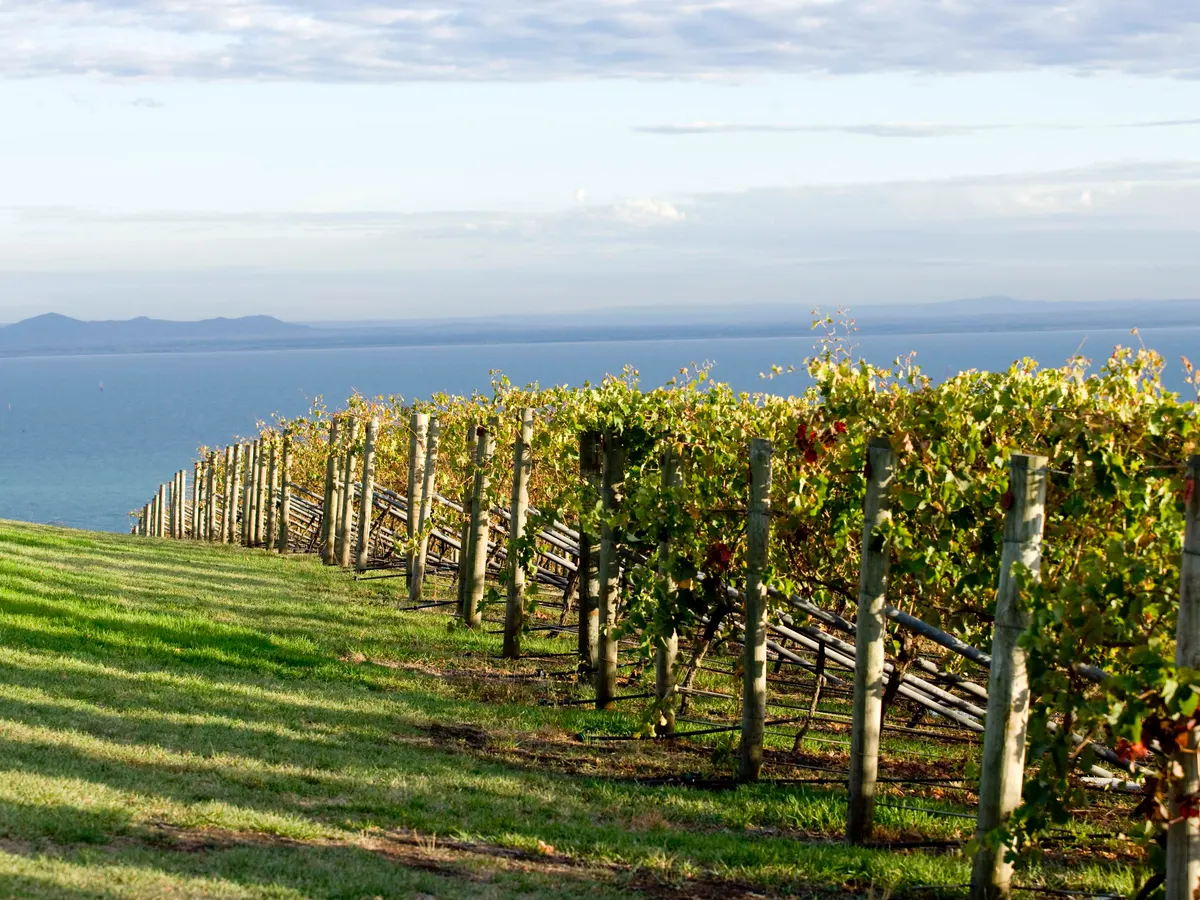
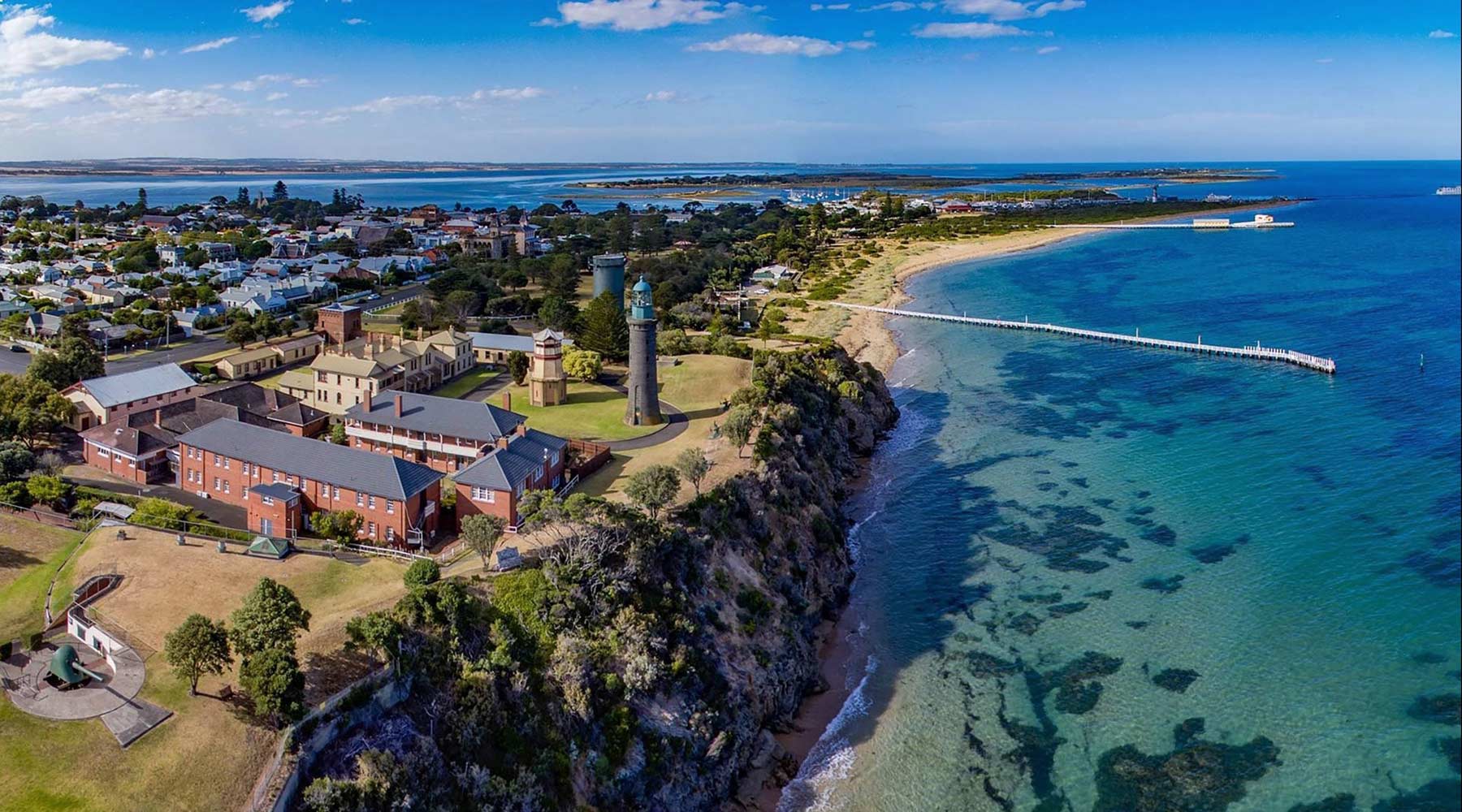
 In this episode of Q&A, the discussion between the Aboriginal people exhibited a rising crescendo as they attempted to talk over one another – one stridently anti-Voice, the other pro-Voice. In fact, as the anti-Voice proponent pointed out, the Uluru Statement from the Heart had positioned itself as being that of all Aboriginal people, whereas Uluru was a totem of Walpiri people, who had incidentally not been involved in the development of the statement. This anti-Voice, Jacinta Price, the National Party Senator from the Northern Territory is Walpiri on her mother’s side, giving her a firm base from which to launch her salvoes. Having derided the Uluru Statement, her position was clear, whereas her fellow Senator from the Northern Territory (her land is in the Gulf Country), Malarndirri McCarthy, who represents the ALP, is very pro-Voice; hence the dispute between the two.
In this episode of Q&A, the discussion between the Aboriginal people exhibited a rising crescendo as they attempted to talk over one another – one stridently anti-Voice, the other pro-Voice. In fact, as the anti-Voice proponent pointed out, the Uluru Statement from the Heart had positioned itself as being that of all Aboriginal people, whereas Uluru was a totem of Walpiri people, who had incidentally not been involved in the development of the statement. This anti-Voice, Jacinta Price, the National Party Senator from the Northern Territory is Walpiri on her mother’s side, giving her a firm base from which to launch her salvoes. Having derided the Uluru Statement, her position was clear, whereas her fellow Senator from the Northern Territory (her land is in the Gulf Country), Malarndirri McCarthy, who represents the ALP, is very pro-Voice; hence the dispute between the two.
